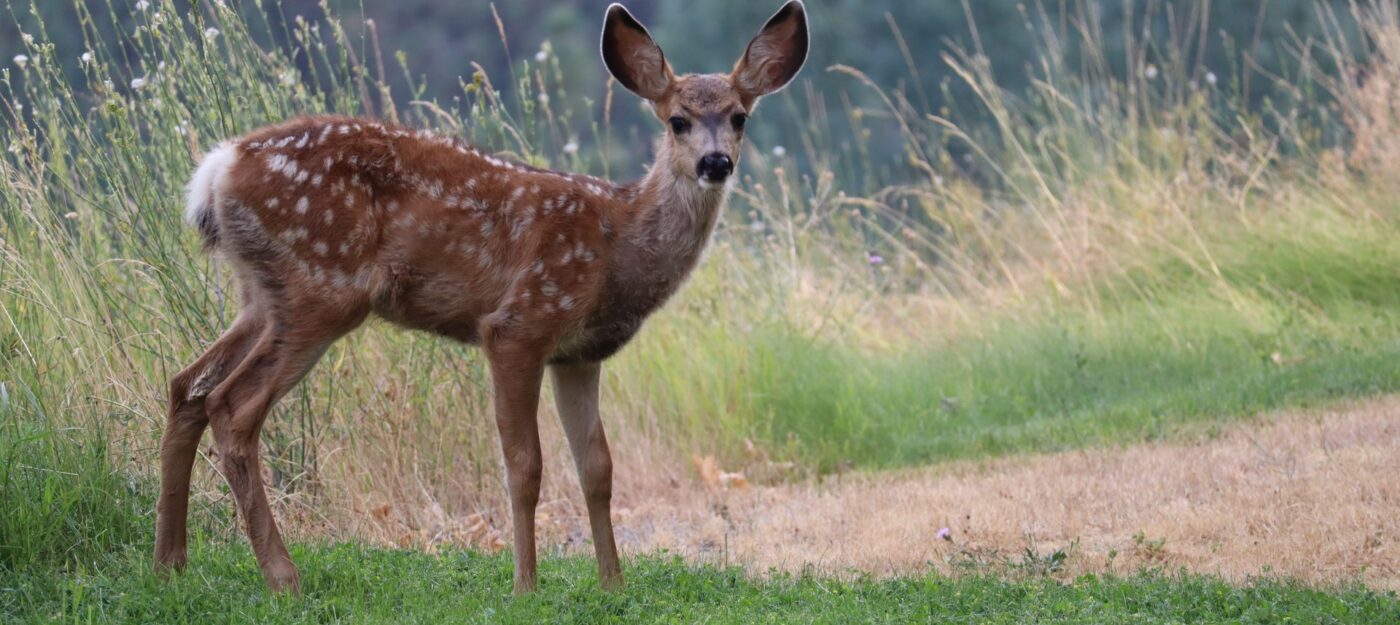Trip Overview
The 968-square-kilometer Bardia National Park, which stretches from the Karnali River in the west to the Babai River in the east, is the Terai’s largest and most undisturbed wilderness area, providing excellent habitat for endangered species such as rhinoceros, wild elephants, tigers, swamp deer, black buck, gharial crocodile, marsh mugger crocodile, and Gangetic dolphin.
Several open grassland sections inside the park provide good views of wildlife. Blackbucks, which are only seen in the wild in Bardia, can be spotted frequently near Khairi Panditpur, about 30 kilometers south of the park headquarters. Many forest routes in the park also provide good game viewing opportunities.
Between October through early April, when the weather is pleasant and dry, is the greatest time to visit. Take a flight from Kathmandu to Nepalgunj, from whence public bus services are available, to get to the park. If you’re driving your own car, make sure you have plenty of gas because there are no filling stations within the park. The park headquarters has lodges available.
Bardia National Park
Bardiya National Park, with an area of 968 square kilometers, is the largest national park in the lowland Terai. The park, which is located in Nepal’s Western Terai, was formed to safeguard representative ecosystems and conserve tiger and prey species’ habitats. In 1976, the Karnali Wildlife Reserve was established in a small area. 1500 Babai valley residents were evacuated outside the park at the time, allowing the forest and wildlife to flourish.
It was renamed Bardiya Wildlife Reserve in 1982, and it was expanded to its current size in 1984. In 1988, the reserve was designated as a National Park. In 1986, 1991, 1999, 2000, 2001, and 2002, Greater One-horned Rhinoceros were relocated from Chitwan National Park to Bardia National Park. A buffer zone of 327 km2 was established around the park in 1997, consisting of woods and private property. In addition, the buffer zone is managed jointly by the park and the nearby residents. They collaborate to start community development projects and maintain natural resources in buffer zones.
An elephant ride offers a unique perspective of the park because it allows visitors to venture off the main track. The best times to ride are in the morning and late afternoon. Furthermore, Gangetic dolphins can be seen in the Karnali River. The wilderness region of Babai Valley is a magnificent area to visit, with its flagship Rhino, Tiger, and Elephant.
Sights – Bardia National Park
Similarly, the headquarters of the Bardia National Park is in the village of Thakurdwar, some 13 kilometers south of the Mahendra Highway. About 500 meters before the Amreni army checkpoint, the uneven crossing road departs the highway at Ambassa.
It leads to a fortified compound with a variety of attractions. If the basic tourist center just past the gate piques your curiosity, most hotels can organize cultural excursions to Tharu villages; otherwise, you can rent a bike and go exploring on your own. A modest breeding center for mars mugger and Gharial crocodiles, as well as turtles, is located further down. Shivaram, a rhino who was injured as a baby in Chitwan, is housed in an adjacent cage.
Highlights of Bardia National Park
- Explore different flora and fauna of the place
- View different wildlife in the place
- Experience a unique jungle safari tour of the place
- Sightseeing in the Kathmandu Valley

